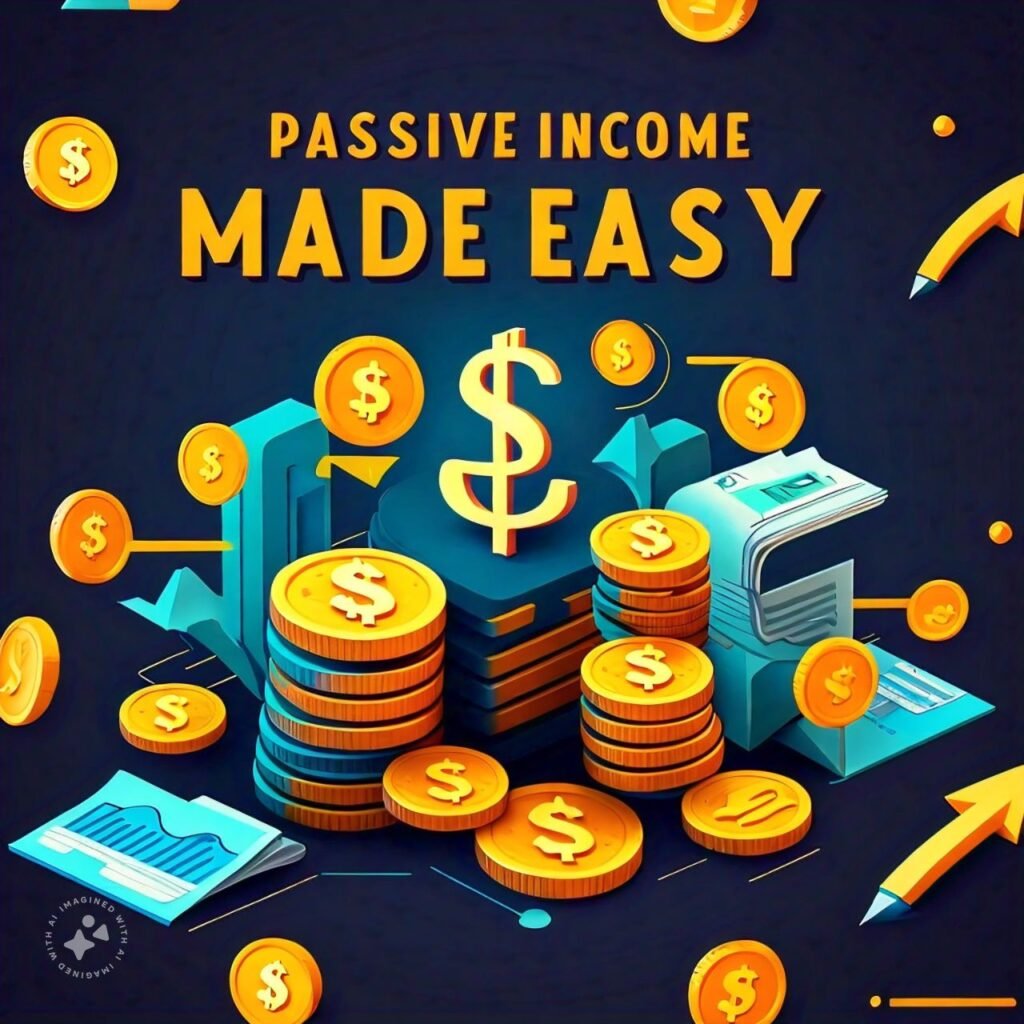
Passive income has become a popular financial goal for many people looking to create long-term wealth and financial independence. Whether you’re trying to reduce reliance on a traditional 9-to-5 job or work toward early retirement, building passive income streams can significantly transform your financial future. In this guide, we’ll explore what passive income is, the different types, how to start, and the potential challenges involved.

Defining Passive Income
At its core, passive income refers to earning money with minimal daily effort or active involvement. Unlike active income—where you exchange time for money through jobs or services—passive income allows you to make money while focusing on other activities. It’s often referred to as “earning while you sleep.”
Common examples of passive income include rental properties, dividends from investments, royalties from creative work, and automated online businesses. While the goal is to reduce ongoing effort, many forms of passive income require significant initial work, capital investment, or maintenance to sustain earnings.


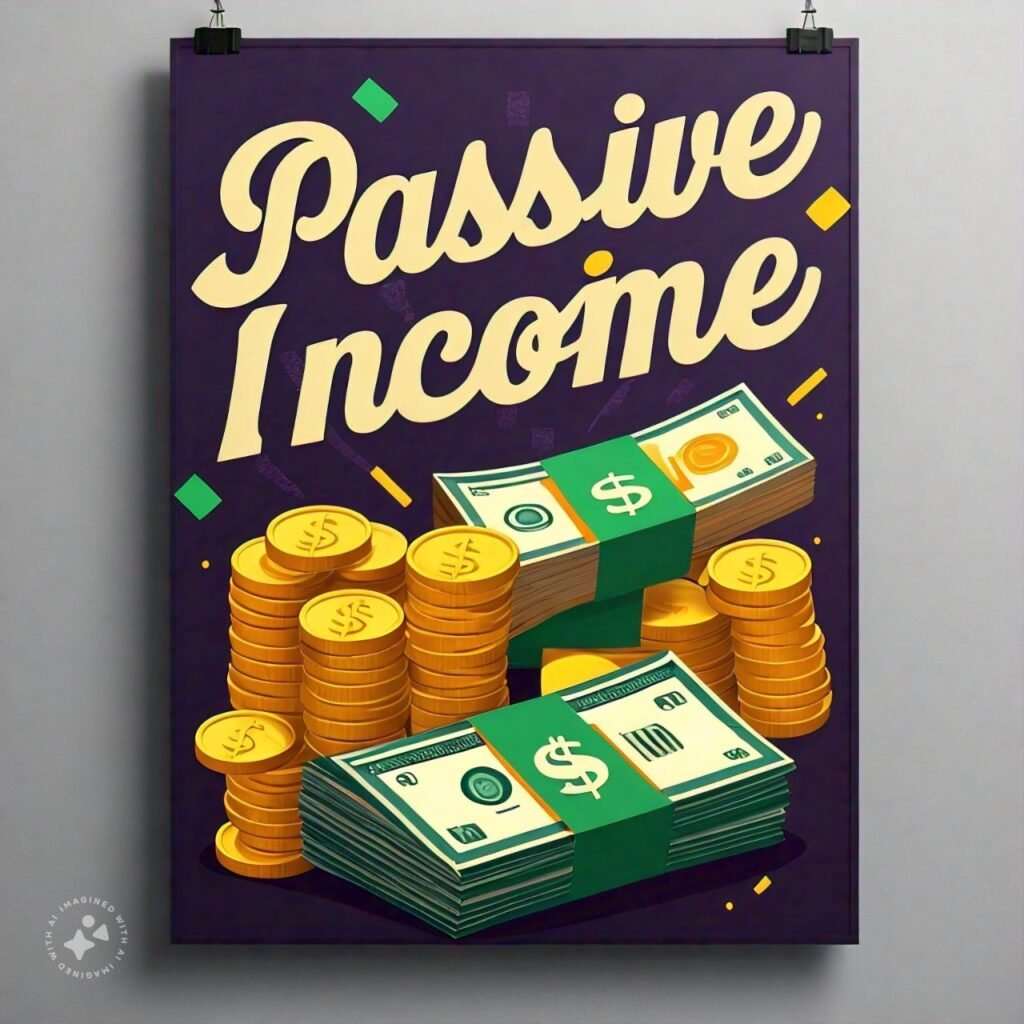
Types of Passive Income
Passive income can come from various sources, each with its own unique requirements and benefits. Here are some of the most common forms:
Rental Income: One of the most well-known passive income streams, rental income involves purchasing property and renting it out. This can be a home, apartment, or commercial real estate. While being a landlord requires some active management, outsourcing tasks to property management companies can make it more passive.

Dividends from Stocks: Investing in dividend-paying stocks allows you to earn regular payments based on the company’s performance. This form of passive income is highly popular because it requires minimal involvement once you’ve made your investment.


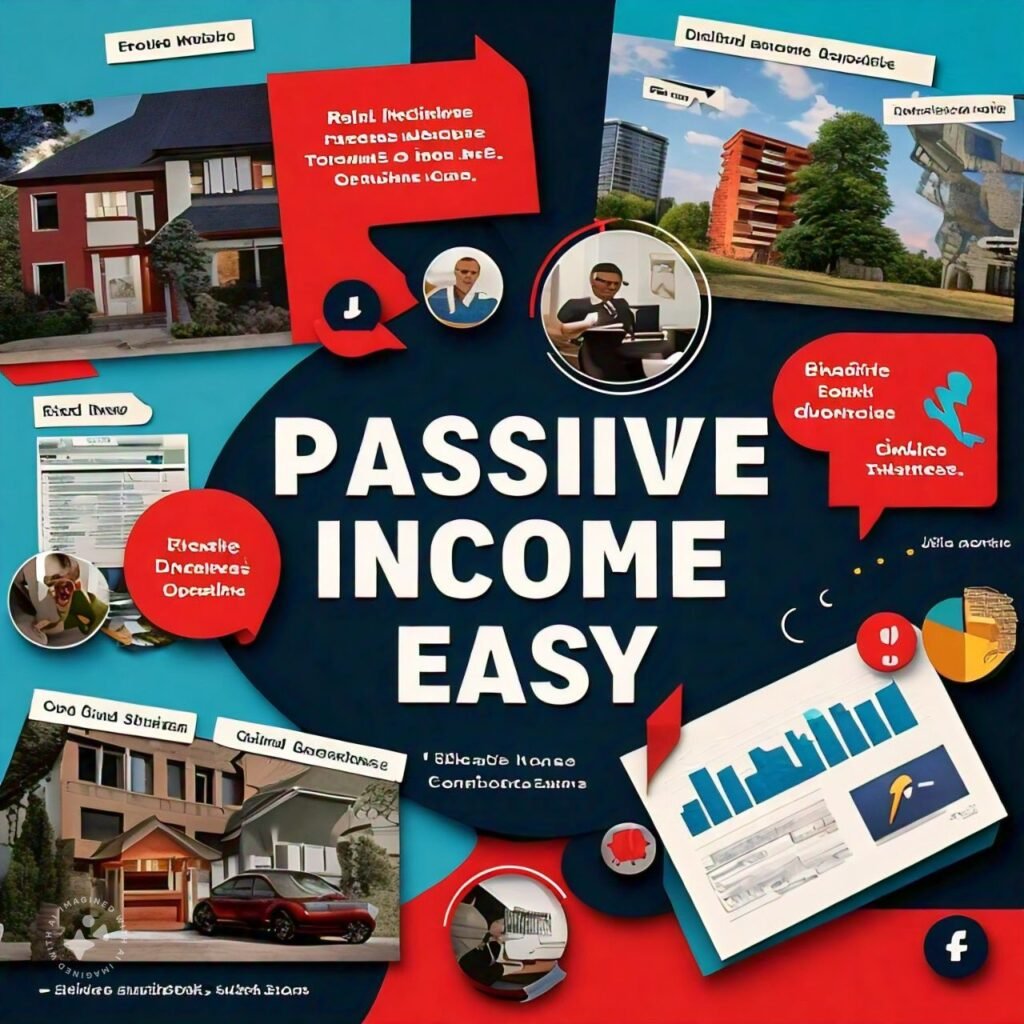
Royalties from Creative Work: If you’ve written a book, composed music, or created intellectual property, you can earn royalties each time someone buys or uses your work. This is ideal for creatives looking to monetize their talents.
Peer-to-Peer Lending: By lending money to individuals or small businesses through peer-to-peer platforms, you can earn interest on your loans. This approach can yield significant returns but comes with higher risks. Other forms of passive income might include selling digital products, affiliate marketing, or investing in index funds.

Why Consider Passive Income?
Building passive income streams offers numerous financial and lifestyle benefits. For starters, passive income provides a sense of financial security. When you’re not solely dependent on active income from a job, you’re less vulnerable to layoffs, economic downturns, or personal emergencies.
Additionally, passive income allows you to diversify your earnings. Instead of relying on a single paycheck, you can have multiple sources of income flowing in. This can lead to greater financial freedom—enabling you to travel, pursue personal projects, or even retire early.
Ultimately, passive income gives you time back—which is one of the most valuable resources we have.

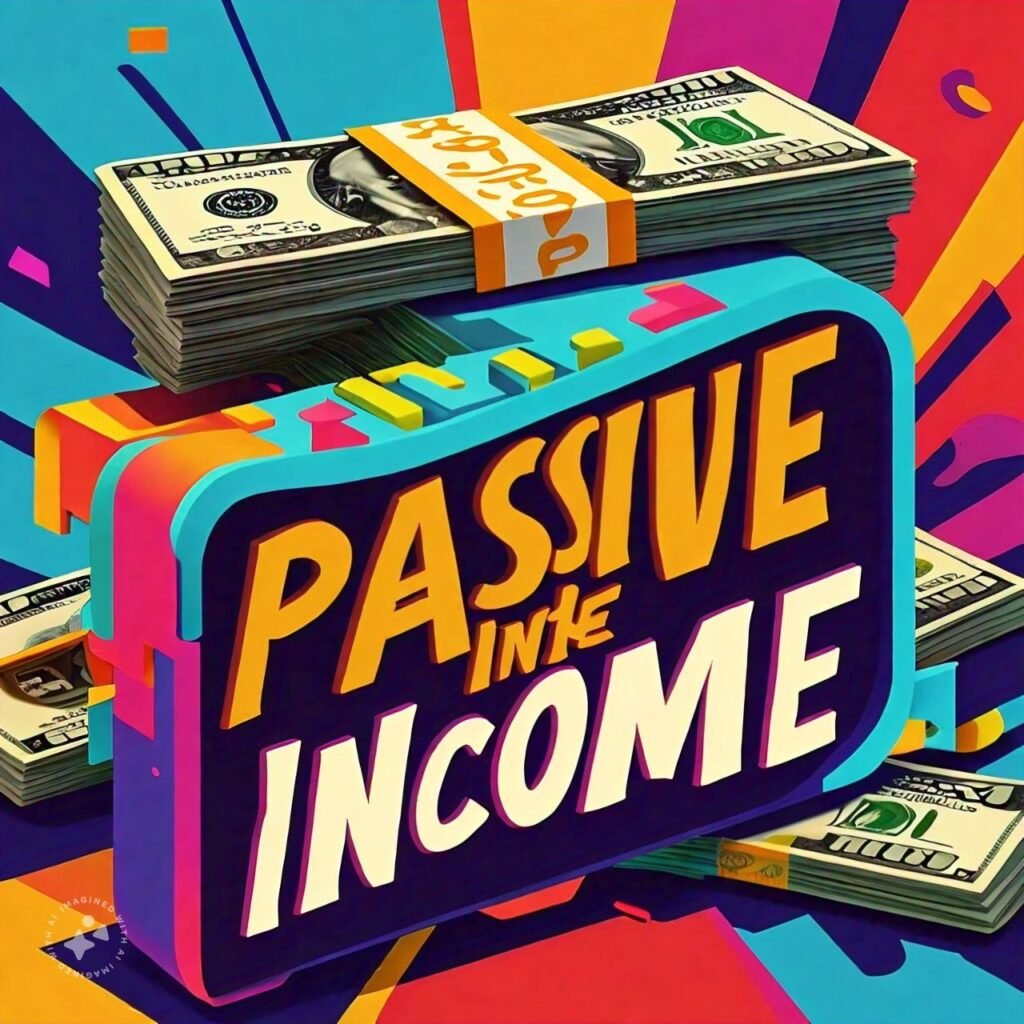
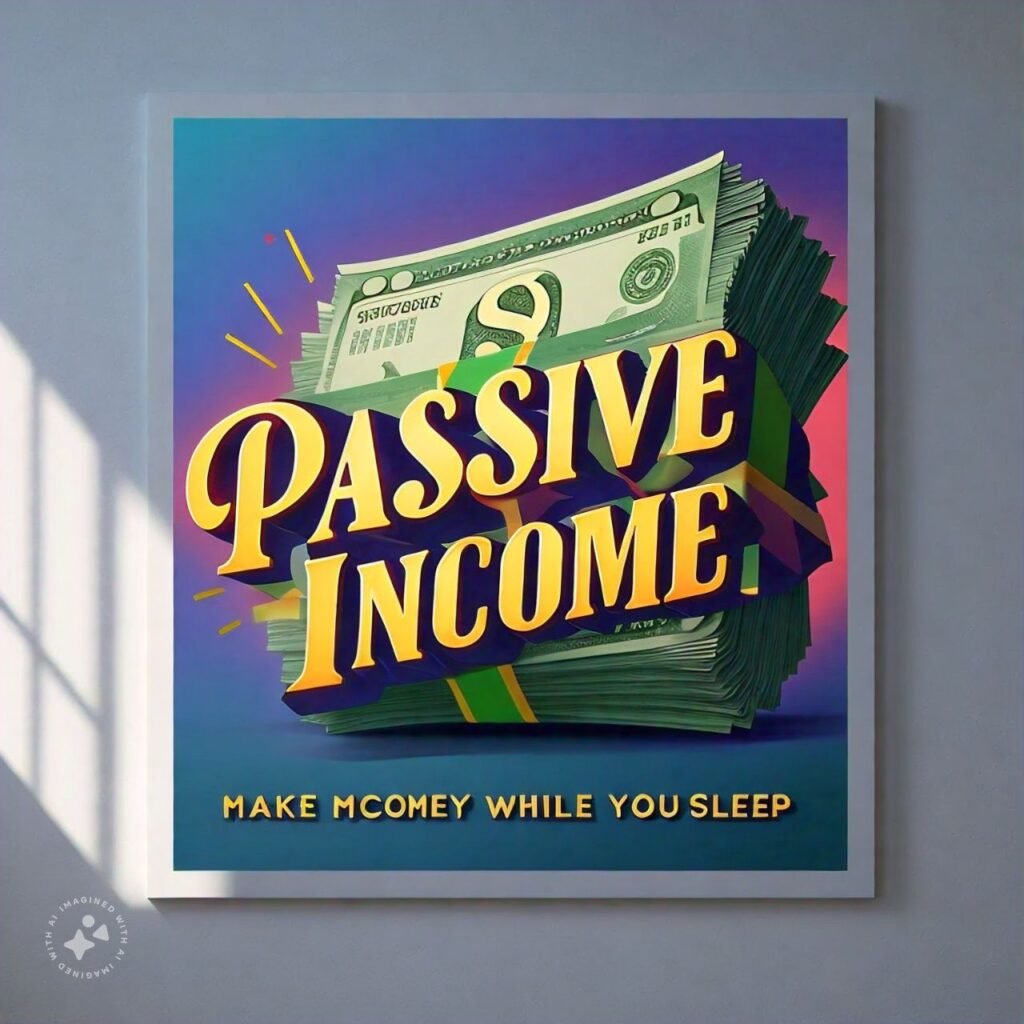
How to Start Earning Passive Income
Starting your passive income journey requires careful planning and choosing the right strategies that fit your financial goals. Here’s a step-by-step guide to getting started.
Assess Your Current Financial Situation: Before diving in, review your current finances. Determine how much capital you have to invest, what skills you can leverage, and how much time you’re willing to devote to setting up your passive income streams.

Research Different Passive Income Methods:
Whether it’s real estate, dividend investing, or creating an online course, each method requires different levels of investment and involvement. Make sure to choose a strategy that aligns with your goals and risk tolerance.
Start Small and Scale Over Time: It’s important not to overwhelm yourself by trying too many things at once. Start with one passive income stream and, as you become more comfortable and see results, begin scaling or adding new streams. By setting realistic expectations and focusing on long-term growth, you can gradually build reliable streams of passive income that work for you.


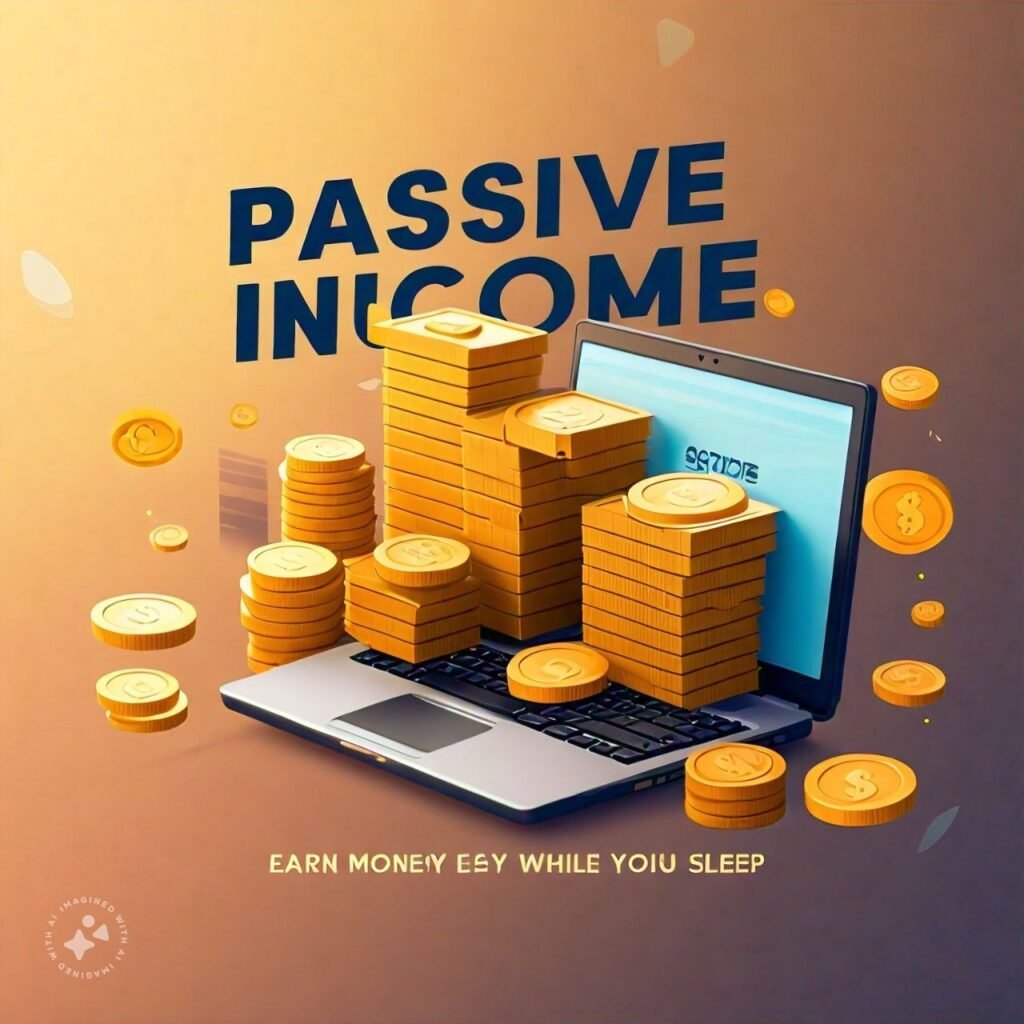
Challenges and Misconceptions About Passive Income
While the idea of passive income is appealing, there are several challenges and misconceptions to be aware of. First, many people assume that passive income is easy money, but the reality is that most passive income streams require significant initial time, money, or effort. Whether it’s learning how to invest, setting up a rental property, or creating an online business, the early stages often demand heavy lifting.
Another misconception is that once a passive income stream is established, it runs entirely on autopilot. While some ventures do become more hands-off over time, most require ongoing maintenance and risk management. For example, a rental property may need repairs or tenant turnover, and stock investments may fluctuate with the market.

Passive Income and Taxes
It’s crucial to understand how passive income is taxed to avoid potential pitfalls. In many countries, passive income is taxed differently than regular wages or salaries. For example, rental income is subject to property taxes and other specific deductions, while dividends may be taxed at a lower rate than ordinary income.
The tax implications can be complex, so it’s wise to consult a tax professional to ensure you’re in compliance and maximizing deductions where possible. Understanding the tax treatment of your passive income streams can also help you make more informed investment decisions.



Examples of Successful Passive Income Stories
Many individuals have successfully created passive income streams that significantly enhanced their financial wellbeing. For example, one couple turned their passion for travel into a blog that earns them affiliate commissions and ad revenue, allowing them to travel full-time while generating income.
Another individual invested in dividend-paying stocks early in their career and, after years of reinvestment, now earns enough in dividends to cover their living expenses. These success stories show that with the right strategy and persistence, passive income can be a powerful tool for financial independence.
Passive income is a powerful financial strategy, but it requires commitment, education, and the right approach to truly succeed. While there are challenges, the long-term benefits of financial freedom, diversified income, and the potential to retire early make it an attractive goal. By starting small, staying patient, and continually learning, anyone can begin their journey to building passive income.
If you’re serious about achieving financial independence, now is the time to explore your options and take the first steps toward creating passive income streams that will benefit you for years to come.

